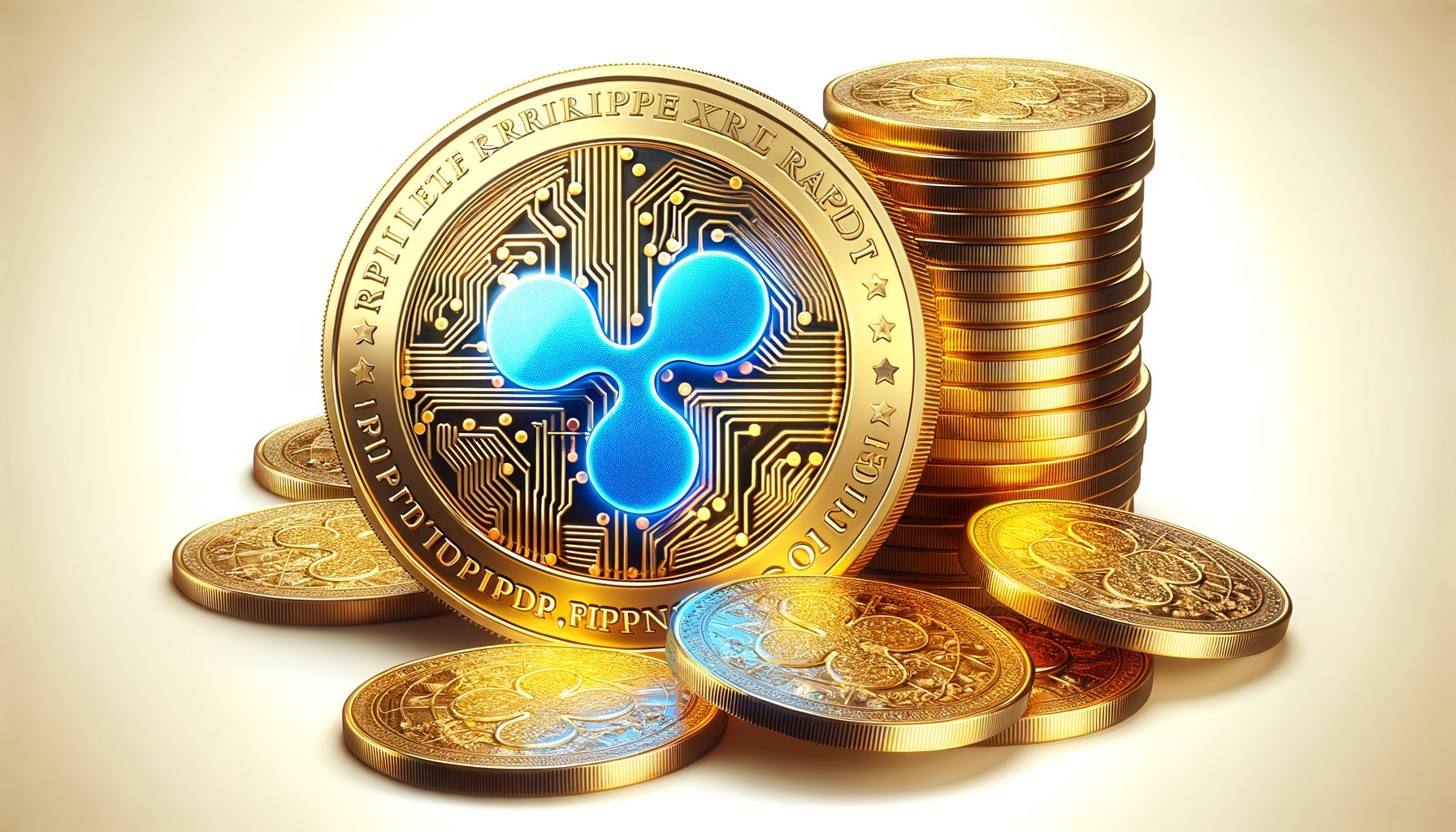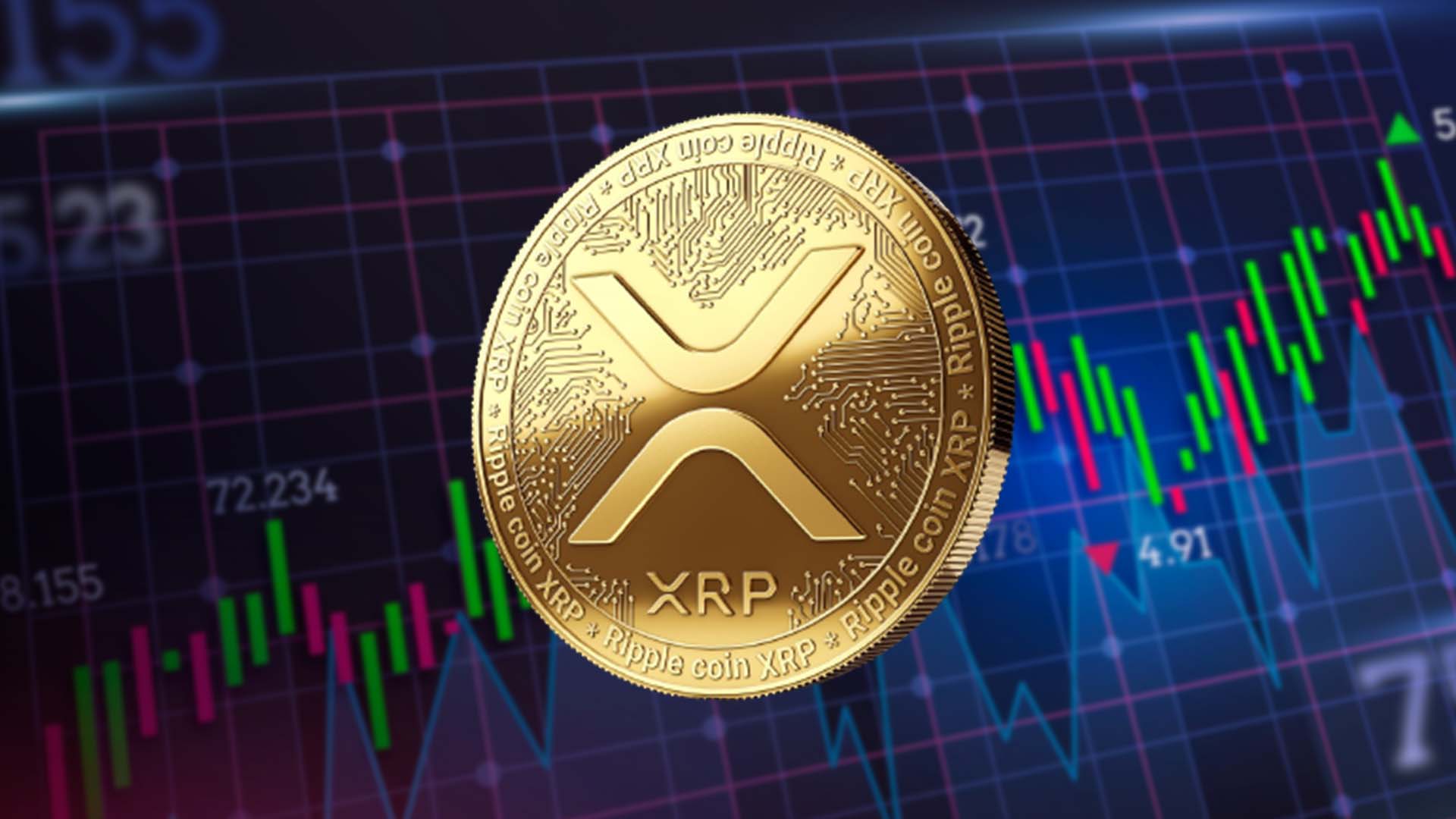
The stablecoin market is booming. Since the start of the year, fiat-pegged tokens have seen an aggressive influx of funding as crypto traders continue to seek price-stable assets as a store of value.
However, stablecoins are evolving past trading asset usage scenarios and are now increasingly being used as a means of transferring value.
As a whole range of players, including banks and major corporations begin to move into the world of stablecoins, some are starting to ask if stablecoins may begin to pose an existential threat to Ripple’s business model.
Stablecoins Are Evolving
The first stablecoin, tether (USDT), was launched in 2014, and it took several years for the US dollar and other assets reportedly-backed token to gain adoption as a base currency in crypto trading pairs.
During the 2017 bitcoin (BTC) bull market, a large number of exchanges switched from fiat-to-bitcoin trading pairs to USDT/BTC, as this enabled crypto-only exchanges to make market share gains.
Following the 2017 bull market and the first wave of stablecoin adoption, dozens of stablecoin projects followed in tether’s footsteps.
In 2018, many of today’s stablecoin heavyweights, such as USD coin (USDC), paxos standard (PAX), and trueUSD (TUSD), entered the fray and established themselves as viable alternatives to their aforementioned predecessor.
The stablecoin market is now worth over USD 11 billion, with 8% of the top 50 digital assets now price-stable digital currencies. Moreover, since the start of the year, the total value of stablecoin offerings has doubled.
There is a more interesting trend, however. Stablecoins are evolving from pure trading assets to become new payment rails for digitized United States dollar money transfers and payments.
For example, the blockchain-savvy Liechtenstein-based bank Bank Frick recently announced that it would begin supporting USDC Coin. The private bank’s customers can now send, store and receive dollar-pegged payments by using the stablecoin.
Stefan Rauti, Head of Blockchain Banking at Bank Frick, commented,
“With the addition of USDC, we enable our customers to process USD payments quickly and token-based. Compared to the classic SWIFT procedure, the processing time is significantly reduced.”
Moreover, several major leading global financial institutions are getting on board. Their number includes the likes of JPMorgan’s JPM coin – proof that conventional finance-related firms are now actively working to integrate stablecoin technology to make their payments networks more efficient.
And of course, there is Facebook’s Libra, which now looks to launch as a set of fiat currency-backed stablecoins, per the Frankfurt School Blockchain Center’s Philipp Sandner.
While Libra is primarily targeted as a consumer-centered B2C (business-to-consumer) offering, should the project succeed, it is easy to envision Libra’s coins also being adopted by financial institutions and fintech startups as a new payment rail.
With the evolution of the stablecoin market, and the increasing interest in the technology from leading banking institutions, the cryptoasset market’s number one “banking coin” thus far – Ripple’s XRP – is feeling the pressure.
Brace Yourself, Ripple, Stablecoins Are Coming
Ripple has positioned itself as a high-speed, low-cost, blockchain-powered alternative to existing payment networks with its flagship RippleNet product.
The company’s initial focus was interbank payments, but it has since expanded its reach to establish RippleNet as a global payments network that, in the firm’s words, “enables banks, payment providers, digital asset exchanges and corporates to send money globally using advanced blockchain technology.”
Sound familiar? Maybe that’s because it’s also the mission of the leading stablecoin company and USDC issuer Circle.
As a founding member of the Centre Consortium, Circle manages and oversees the issuance of USDC. Additionally, Circle provides platform services (such as a business account and payment APIs (Application Programming Interfaces)) targeted as businesses that want to deal with digital dollar-pegged tokens.
In a blog post, Circle CEO Jeremy Allaire wrote,
“A core mission for Circle, and what we are doing with USDC, is to create a new protocol and a new format for digital money that works on the internet to enable people to make value transfers as effortlessly as possible,”
From digital asset exchanges and financial applications to online retailers and other internet businesses, Circle aims to implement digital dollar-pegged stablecoins as a payment network for global payments. This makes Circle a direct competitor for Ripple. But it is not the only one.
In the bank payments realm, where Ripple had initially positioned itself, there is now the JPM coin and the Utility Settlement Coin project (founded by UBS, Barclays, Nasdaq and others). These operators and others are exploring stablecoin technology that could make payments more efficient.
While Ripple has enjoyed the advantage of being first in the market, a fact that has helped it onboard over 300 customers, the San Francisco-based blockchain payments company now has to contend with a range of new competitors. These competitors include some of the largest financial institutions in the world, not to mention some of the central bank-issued stablecoins that are set to emerge in the future.
Per a Financial Times report, Ripple has only been profitable because it has been selling its XRP holdings to retail investors.
If that is true, and the XRP operator fails to adapt to the increasingly competitive blockchain payments landscape, the boom in stablecoins could yet spell Ripple’s demise.
__
This article was updated on August 31 to clarify that tether is reportedly backed by US dollar and other assets.























